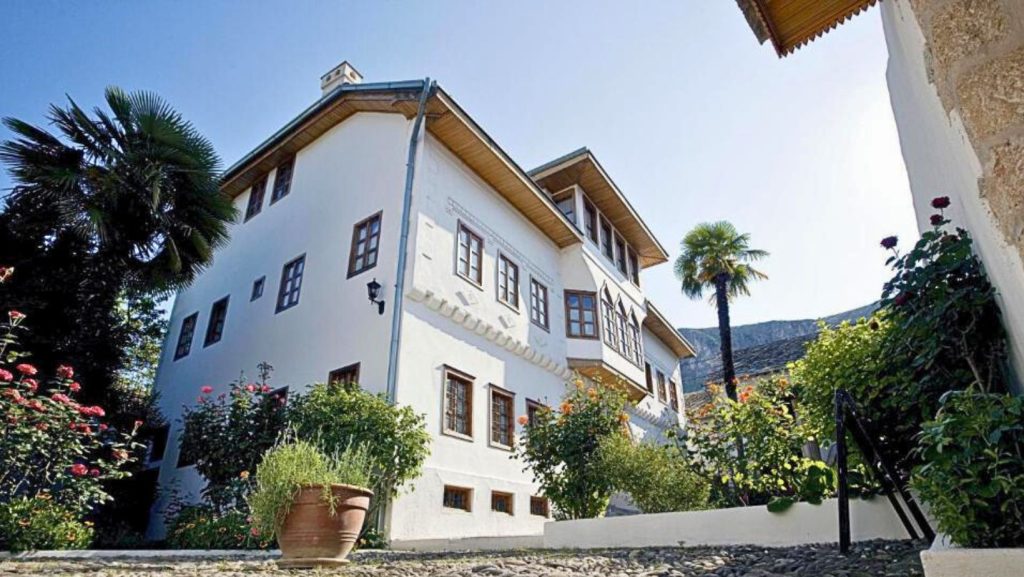
The Museum of Contemporary Art of Republika Srpska (MSURS), Established in 1971 by the Assembly of the Municipality of Banja Luka, it was originally founded as the Art Gallery of Banja Luka. The museum’s origins are deeply rooted in a unique act of artistic and humanitarian solidarity following the devastating earthquake that struck Banja Luka on October 26 and 27, 1969.
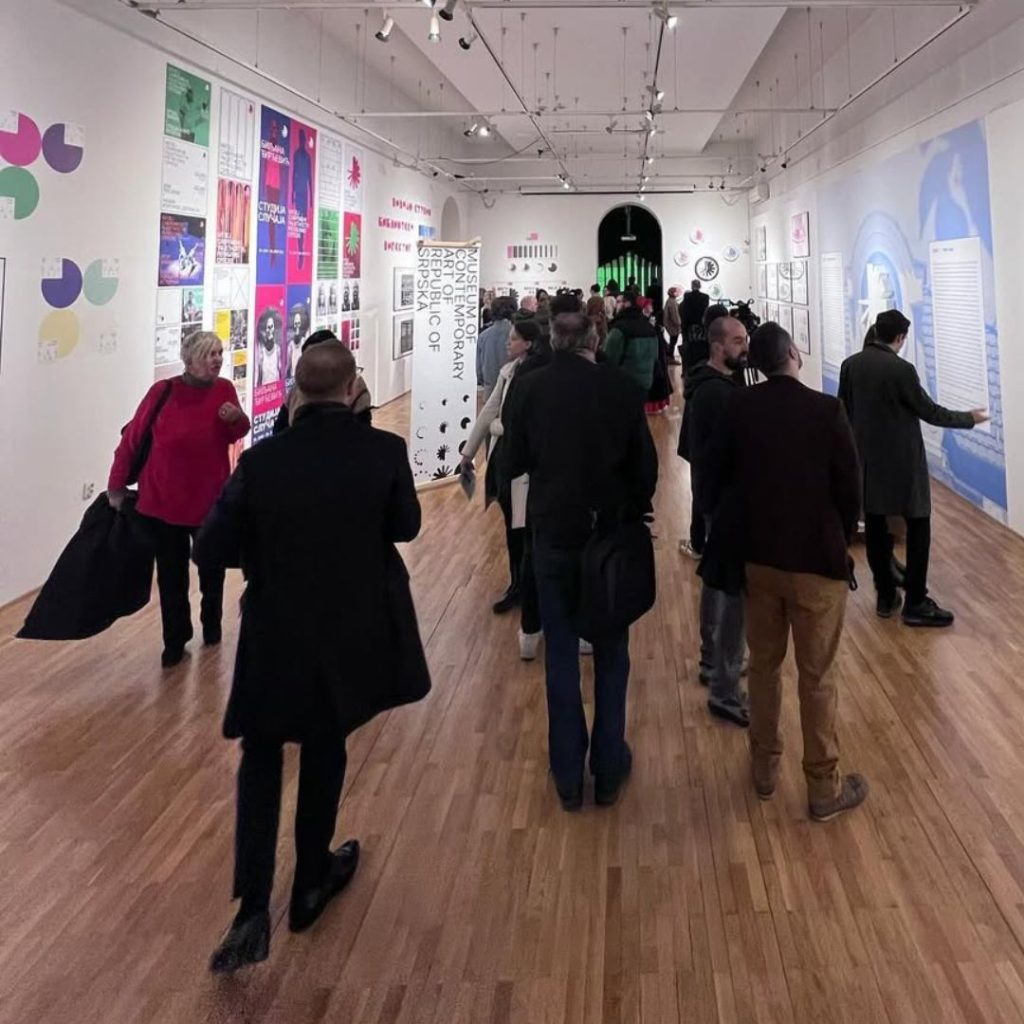
Artists from across the former Yugoslavia and the world united to donate approximately 750 artworks to aid the city’s recovery, laying the foundation for this institution’s impressive art collection.
A Legacy of Artistic Excellence


From its inception, the gallery was tasked with systematically researching, collecting, preserving, and showcasing art from both local and international creators. Over the years, it became a pivotal institution for fostering artistic culture and appreciation in the region. The museum’s mission expanded beyond curation, aiming to enhance the broader community’s engagement with art and to cultivate a deeper understanding of visual creativity.
Iconic Location and National Recognition
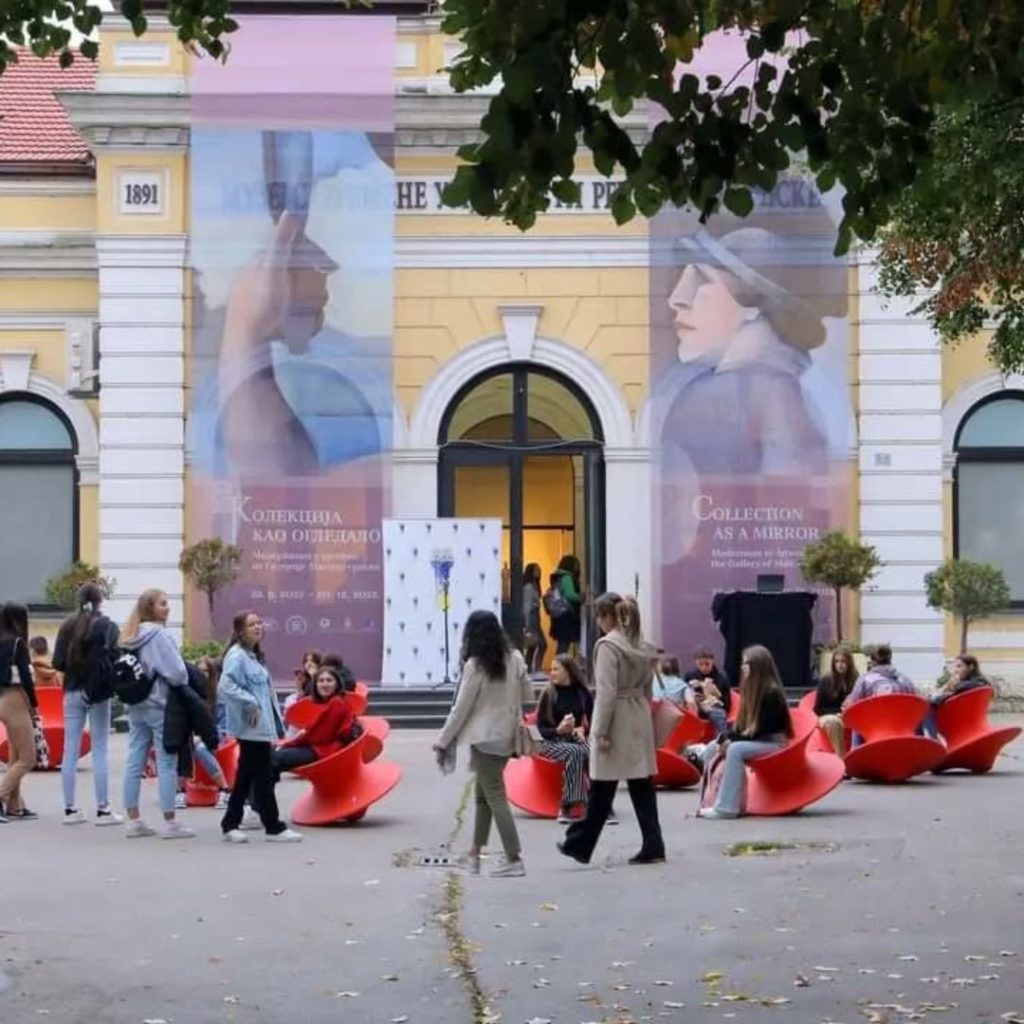
Housed in one of Banja Luka’s most iconic structures, the museum occupies a building initially constructed as an Austro-Hungarian railway station in 1891. Adapted for museum purposes in 1981, the structure adheres to international museological standards and was designated a national monument in 2007. Its historical and architectural significance enhances its role as a cultural hub.
Evolving Identity and Global Outreach

The institution underwent several transformations, reflecting its growing scope and importance. In 1994, it was renamed the Gallery of Fine Arts of Republika Srpska and became the central museum institution for visual arts in the region. Recognizing the need for a name that better represented its expanding role, it was rebranded as the Museum of Contemporary Art of Republika Srpska in 2004. Today, the museum functions as a beacon of contemporary art, supporting the development of the regional art scene while maintaining robust international collaborations.
The MSURS actively contributes to global art dialogues, presenting notable exhibitions such as the “Garden of Delights” by Mladen Miljanović at the 55th Venice Biennale in 2013 and “University of Disaster” by Radenko Milak at the 57th Venice Biennale in 2017. Additionally, partnerships with organizations like the British Council have facilitated major exhibitions, including Damien Hirst’s “New Religion” in 2016 and Grayson Perry’s “The Vanity of Small Differences” in 2017.
Commitment to Community and Education
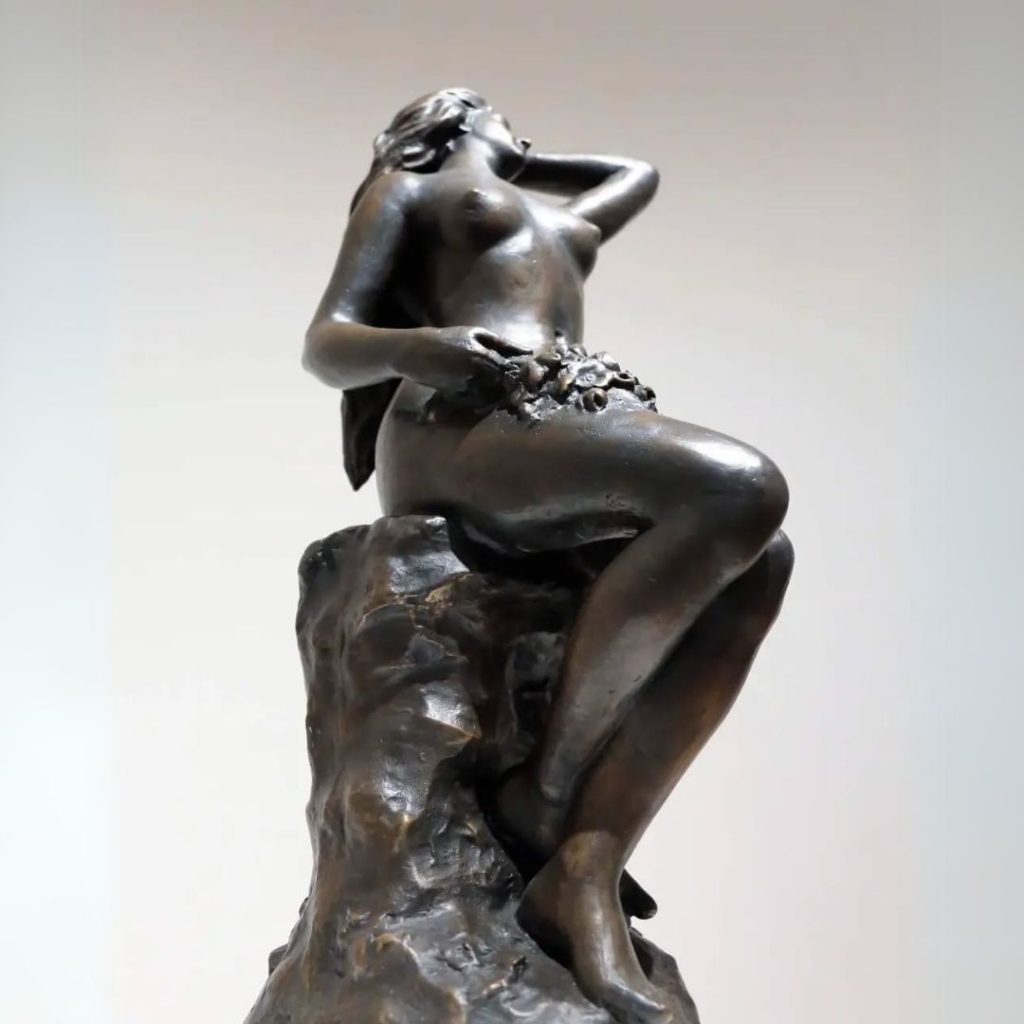
The museum comprises four departments: Collections, an Information and Documentation Center with a library, Educational Programs, and Exhibition and Programming Activities. These divisions work synergistically to engage the public, foster art education, and support artists.
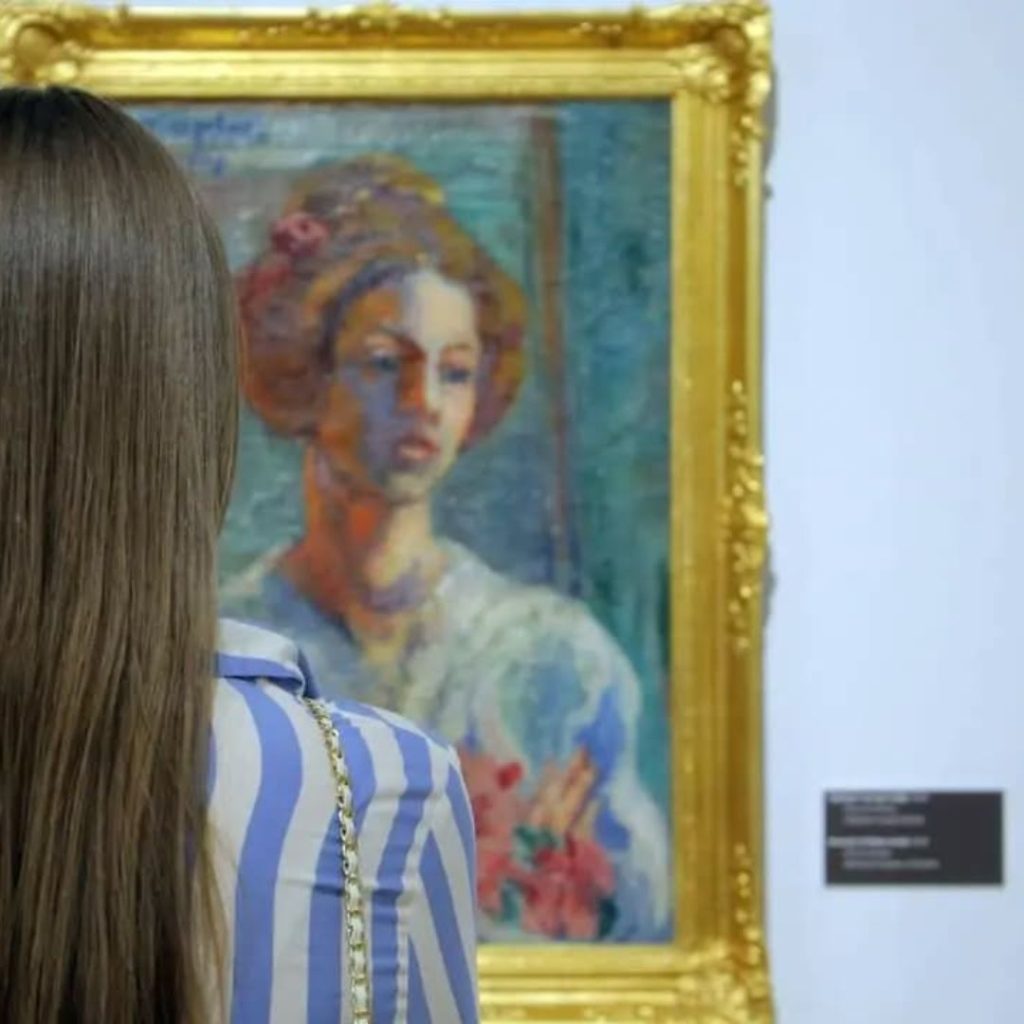
As an active member of the International Council of Museums (ICOM), MSURS participates in global initiatives like International Museum Day and European Museum Night. In 2014, it received special recognition for creativity in the international Živa Award competition, highlighting its impactful relationship with the local community and its dedication to nurturing young talent.



